African Kenyan Coffee treatment K72 double washed Kenyan Coffee beans Taste Story
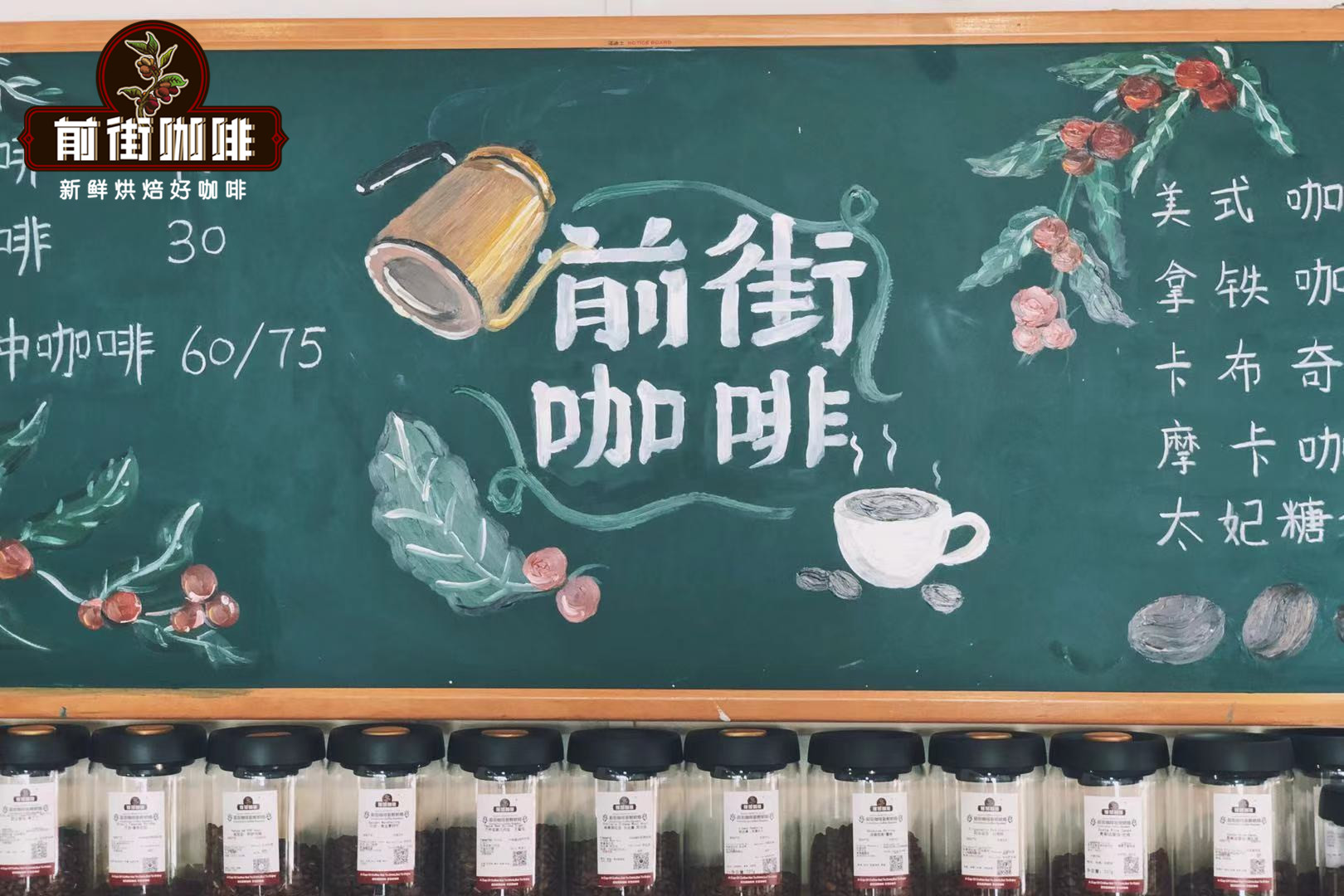
Professional coffee knowledge exchange more coffee bean information please follow the coffee workshop (Wechat official account cafe_style)
Qianjie Coffee systematically introduced Ethiopia, a coffee producer in Africa, a few days ago, and today I will also systematically introduce Kenya, which is also an African coffee producer. Kenya and Ethiopia border, Qianjie coffee by comparison, it can be said that what they have most in common is that the flavor is concentrated in the sour quality, but the acidity of Ethiopian coffee is softer, it is the clear acidity of citrus lemon, while Kenya is more strongly sour, and the acidity that hits the nerves like the virgin fruit Wumei is thick.
According to the map, Kenya is located next to Ethiopia, the birthplace of coffee, but the development of Kenyan coffee does not take advantage of this geographical advantage. Coffee was not introduced by the British in Kenya until the 19th century.

Qianjie Coffee summarizes the following points about how Kenyan Coffee has slowly established its own coffee development system:
In 1883, the British brought coffee to Kenya (in the same year, the French brought coffee to Yunnan, starting at the same time, but with a different development).
In 1922, Kenya established the Scott Agricultural Laboratory (hence the name Scott Labs,SL28 SL34) to engage in coffee cultivation research. In the more than 10 years since its establishment, they selected SL28 and SL34 from 42 coffee varieties suitable for growing areas, providing a good start for the development of the industry. Today, these two varieties occupy 90% of the acreage in Kenya.
In 1931, the Kenyan growers' Cooperation Alliance and the Kenyan National Coffee Council were established to guide the development of the coffee industry at the private and national levels.
In 1937, the Nairobi Coffee Exchange was established and the auction system of Kenyan coffee began. Good coffee has a good price, which sets the tone for the price of coffee.
In 1938, the Kenyan government issued a coffee grading system, also known as AA,AB,PB, which began to provide a basis for the quality of Kenyan coffee.
K72 treatment method
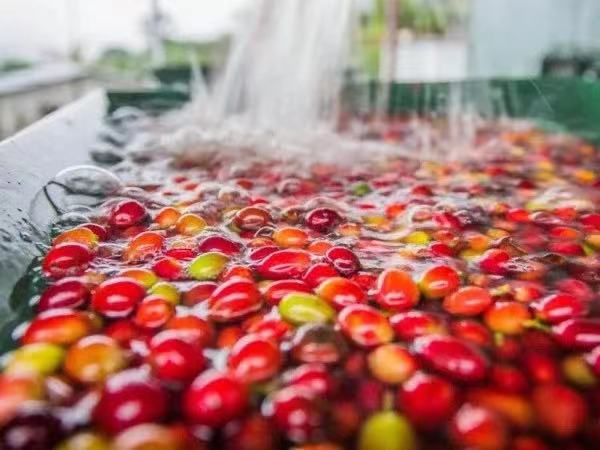
In addition to the points mentioned above in Qianjie Coffee, Kenya Coffee has also benefited from the use of K72 treatment, which is an extension of the ordinary washing method, resulting in obvious differences in the quality of coffee beans. Some people like strong acidity, but others don't. The method of solarization is called natural treatment, that is, after the beans are picked directly, the beans are dried and then separated with the help of the sun, which is of course a very labor-saving treatment. however, it is inevitable that some defective beans will be produced in the process of sun exposure (it may be caused by insufficient drying or excessive drying, so you have to roll the coffee beans manually constantly). The biggest difference between washing and washing is that it does not save labor, and directly removes the pulp and dries it in the sun, which means that the investment in machinery and equipment, of course, also leads to higher quality coffee beans.
Kenya 72-hour treatment, also known as K72 treatment for short. Select the mature degree of coffee fruit sweetness 21 to harvest, select the best fruit for peeling, soak in the flume for 24 hours, use clean river water in the tank, wash after 24 hours, soak in clean river water for 24 hours, rinse, re-ferment, repeat 3 times, the total fermentation time is 72 hours, the longest time of ordinary water washing fermentation is 36 hours, this repeated treatment after fermentation. Kenyan coffee beans have a strong sense of acidity and fineness.
The time required for the fermentation process is related to many factors, the hotter the environment, the faster the fermentation, but after a period of fermentation, most of the pectin is removed by washing, and then put down the clean pool for secondary fermentation. circulating water needs to be changed every few hours during fermentation to prevent coffee beans from smelling.

Kenyan auction system
Qianjie Coffee came into contact with coffee cultivation as soon as it entered the coffee industry, and Qianjie Coffee also has its own coffee plantation. Also participate in various bidding activities in coffee producing areas, on the one hand, Qianjie Coffee is to understand the changes of the world coffee industry, on the other hand, Qianjie Coffee also wants to show you through words and pictures, in order to make a better understanding of coffee.
Going back to the Kenyan auction system, Qianjie Coffee learned that most of the coffee beans were graded by the Kenya Coffee Bureau and then sold at the auction venue. The system of public auction can be traced back to 1934, and the auction method adopts the agent system. Kenya has 50 licensed agents who send sample beans to their customers for cup testing, and customers can bid for their favorite coffee at the auction. But this approach seems to encourage intermediaries to erode farmers' incomes, so in 2006 Kenya opened 32 more independent sales agents to approach foreign coffee buyers directly without going through auctions.
However, all these must meet the standards such as the guarantee of the quality storage bank by the Kenyan Coffee Agency. The two systems operate in parallel at the same time. After several years of development, the most transparent auction distribution system is. The better the quality of coffee, the better the price can be measured through the cup. More cooperatives and farms are willing to join.
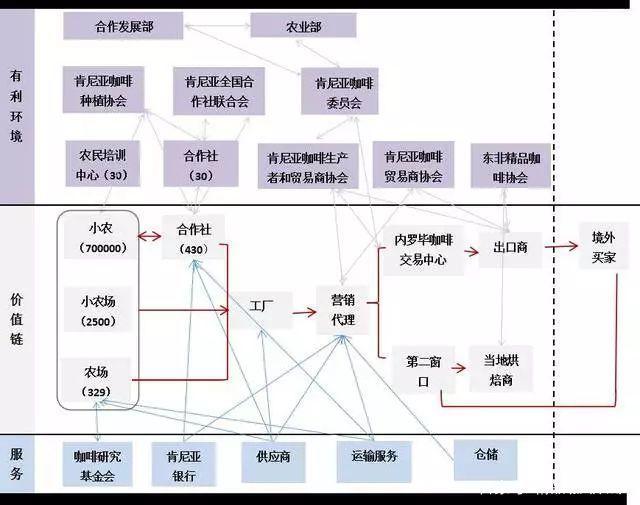
There are two main modes of trading coffee in Kenya:
At the Nairobi Coffee Exchange auction (central auction system), 85 per cent of coffee beans are traded through the auction system.
Or through direct trade (often referred to as the "second window"), only 15% of coffee beans are traded through direct trade.
Kenyan coffee transaction process
Model 1: Nairobi Coffee Exchange auction
Since the establishment of the auction system in the 1930s, most Kenyan coffee has been traded in this way. Coffee auctions are held every Tuesday during the harvest season. It is an auction system developed from a "public outcry" auction system, in which each trader bids by pressing an electric trigger. Through this system, the price of high-quality, highly popular coffee will soar as agents compete with each other.
Model 2: direct trade
After 2006, the Kenyan government allowed farmers to trade directly with foreign buyers (such as bakers or importers) and to discuss and determine a price different from that of auctions before or during harvest. Some exporters also buy coffee directly from relevant marketing agents or factories, using the previous week's specific grade auction price as a negotiated reference price. Direct trade can lead to more income for farmers who produce high-quality coffee. When direct trade is not feasible, go back to the exchange and sell it by auction.
Coffee planting model in Kenya
Large plantations, more than 3000 large farms including 40000 hectares of coffee), which accounts for about 25 per cent of the land under coffee cultivation in Kenya. The other 75 per cent are agricultural cooperatives, consisting of a total of 700000 small farmers growing coffee.
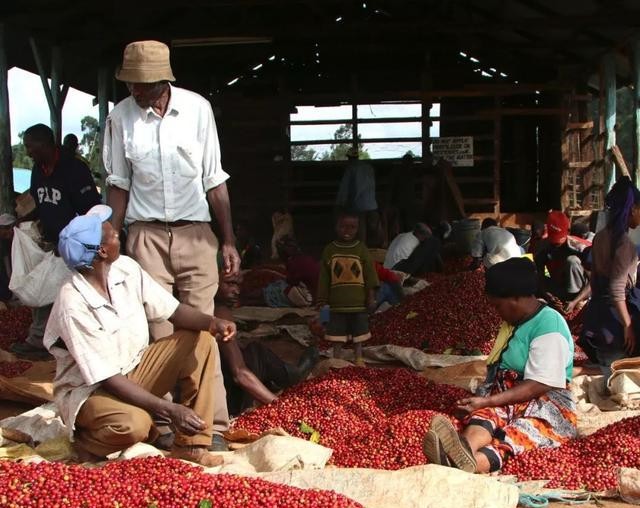
In the 1960s, small farmers' cooperatives began to develop shared processing plants to enable them to harvest coffee like large plantations, and to this day, Kenyan coffee is known for the high quality of professional processing plants.

Most of the small farmers have an annual harvest of several hundred kilograms on a small scale. They will decide to sell the fruit to the nearby processing plant (Coffee Factory) according to the delivery distance and the purchase price. Farmers own a small area of land, which is usually measured by the total number of trees on a piece of land, which means that producers often have more autonomy to strategically pick fresh coffee fruit. and can deliver the most mature fresh coffee fruit to the local factory (washing plant). Factories generally have abundant water resources for fine washing, including soaking coffee beans in fresh water for a long time to consolidate the unique Kenyan flavor.
Kenyan coffee producing area
Kenya's coffee producing areas are mainly distributed in the central and western parts of the country. The main coffee producing areas in central Kenya are Kiambu, Nyeri, Kirinyaga, Muranga, Embu, Machakos, Ruiri, Thika, Kisii and Mt in the west. Bungoma district of Elgon).

Qianjie Coffee updates the coffee producing areas on the bean list every once in a while, and Kenya is no exception. Last month, Qianjie Coffee tested a batch of Kenyan coffee beans from different coffee producing areas in the new season through roasting, cup testing, hand brewing, and other links. It can be found that each producing area has its own different characteristics.
Kiambu and Muranga are relatively bright and thick in acid biaoxianshang performance.
Nyeri, on the other hand, has bright citrus and floral aromas, which are slightly inferior to those of Ethiopia's Yegashafi, but with the thick acidity of berries.
The acidity of Kirinyaga also tends to be bright and thick, with a delicate sweetness.
The acid quality of Embu is not as thick and strong as the previous producing areas, and the flavor tends to be balanced and lasting.
Machakos is also outstanding in terms of acidity, with a delicate and long-lasting taste, which is gradually concerned by coffee buyers.
The biggest difference between Kisii and Bungoma and other producing areas is that the fruit is sweet, soft sour and nutty.
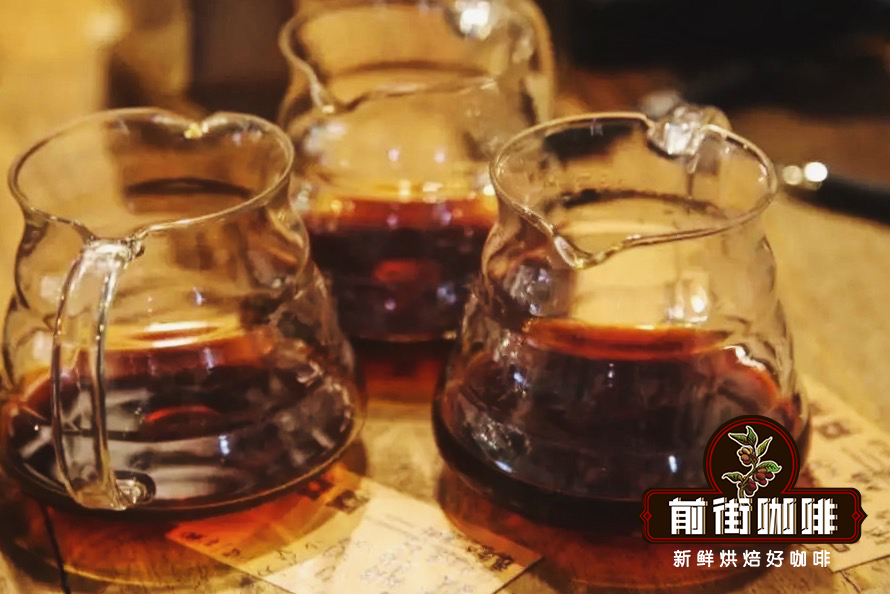
Kenyan coffee varieties
In Kenya, the common varieties are SL28, SL34 and Ruiru 11.
In the 1930s, the newly established Scott Labs, commissioned by the Kenyan government, selected the varieties suitable for the country. 42 primary varieties were numbered and screened one by one, and finally got SL-28 and SL-34. The former comes from Bourbon, and SL-34 comes from iron pickup, which is not a series of varieties.
At the beginning, the goal of breeding SL28 was to produce a large number of coffee beans with high quality and resistance to diseases and insect pests, but in some producing areas, the goal of breeding was mainly high yield and disease resistance, without considering disease resistance.
Thanks to the bourbon gene, although the later SL28 yield was not as expected, the copper leaf color and broad bean-shaped beans have great sweetness, balance and complex flavor, as well as remarkable citrus and black plum characteristics.
SL34 is similar to SL28 in flavor, with a softer and cleaner finish than SL28, except for its complex acidity and great sweetness. SL34 has French missionaries, bourbon, and more Ironka lineage. The appearance of beans is similar to that of SL28 and is more suitable for rainforest growth.
It turns out that the former is highly rated, usually with blackcurrant-like acidity and complex flavor, while the latter is slightly inferior, but also has an eye-catching fruit flavor. These two varieties, which currently account for 90% of Kenya's production, have become generally recognized representatives of Kenyan coffee varieties, and South America is also actively introducing SL28 as a planting variety.

Ruiru 11: in 1985, with the outbreak of iron rust in the world, Kenya developed hybrid varieties with high yield and low quality, but the flavor quality was far lower than that of the previous sl28 sl34, and it did not develop in the boutique coffee industry. However, many even imported boutique coffee suppliers mix the hybrid beans with Blend to reduce costs.
Front Street Coffee has a Kenyan coffee bean from Sassini Manor, which contains Ruiru 11 varieties, with distinctive black plum and virgin fruit, almonds in the middle and honey in the end, with a juicy taste and bright acidity.

Kenyan coffee grading
Kenyan coffee beans began to adopt a strict grading system in the 1930s, mainly according to the size, shape and hardness of coffee beans, divided into AA or AA+, AB, PB, C, E, TT, T, which can be selected as a basis and the flavor of coffee as a reference. At present, the common ratings in the mass market are AA,AB and PB.
[coffee size classification]
AA is a class name of coffee raw bean currency, it mainly refers to the size of coffee beans, AA refers to coffee beans with larger particles, generally coffee beans with particles of more than 17 mesh (17 mesh = mesh diameter 6.75MM) AA size is 17 mesh and 18 mesh, AB is 15 mesh, 16 mesh.
AA grade with excellent quality (flavor, taste) in AA Plus (AA+) cup
AA particle size (Screen Size) 17 Murray 18 size
AB particle size (Screen Size) 15 Murray 16 size, accounting for the majority of production

C particle size (Screen Size) is smaller than that of AB.
TT blows lighter beans from AA and AB beans with an airflow filter.
T from C-grade beans, lighter beans blown by an airflow filter.
E Elephant Bean is a large mutant bean, also known as Elephant ear.
UG does not meet the above criteria
PB Peaberry, classified by appearance, has nothing to do with flavor weight.
[flavor level]
In addition to size, Kenya also uses flavor grading methods TOP, PLUS and FAQ to select good coffee for reference. The indicators are: raw beans (size, color, defects), ripe beans, cup quality (acid, alcohol thickness, flavor characteristics, defects). In practical use, they will be reduced to Acidity (acid)-Body (mellow)-Flavor (flavor) to quickly score each bean, with a score of 1-3 for each item. If a bean is labeled 1-1-1, it corresponds to TOP AA.
Due to the multiple factors of Kenya Coffee in the real transaction: 1. The price is high, 2, more batches, such as the three scoring system specially used to cope with the large number of batches; 3. There is also a direct trading mode outside the exchange channel, 4, the volume is small.
Therefore, Qianjie Coffee will collect 40-50 different Kenyan samples from different channels every year for bakers to drink different kinds of Kenyan acid, and finally choose one or two that Qianjie thinks can best represent Kenya.
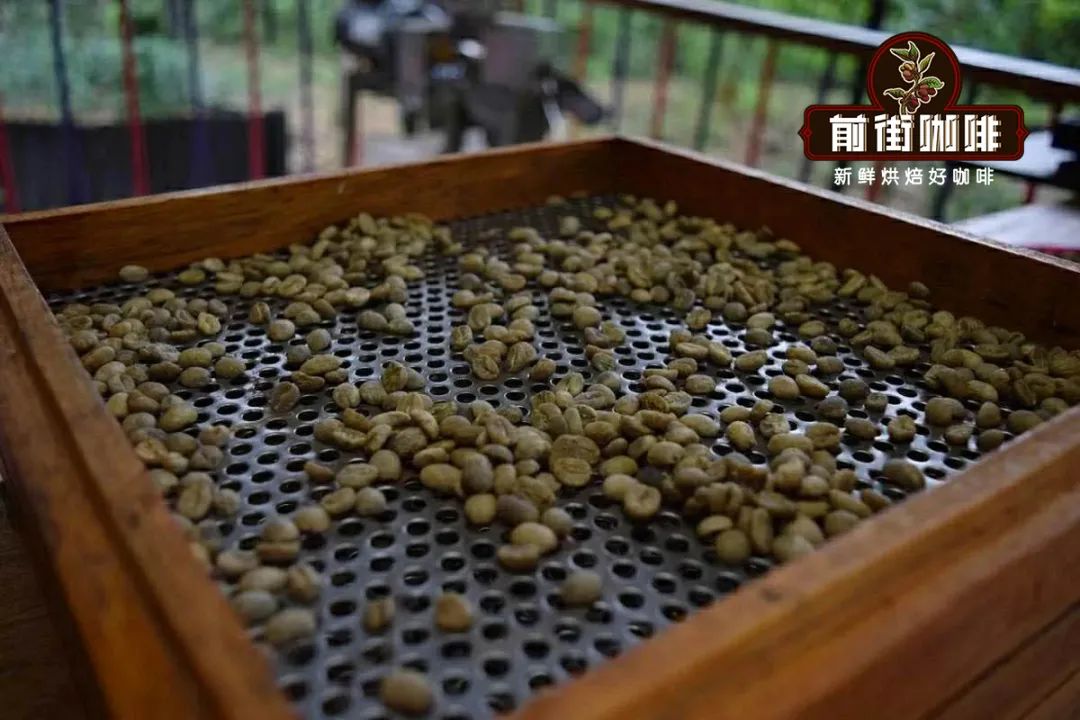
Kenya Azaria coffee beans
Qianjie coffee is brewed with Kenyan Asali AA TOP coffee to feel the flavor and taste brought by Kenyan K72 double washing.
Producing area: Sika Thika, Kenya
Processing plant: Asali honey processing plant
Altitude: 1550-1750 m
Rating: AA TOP
Variety: SL28,SL34
Treatment method: K72 treatment method
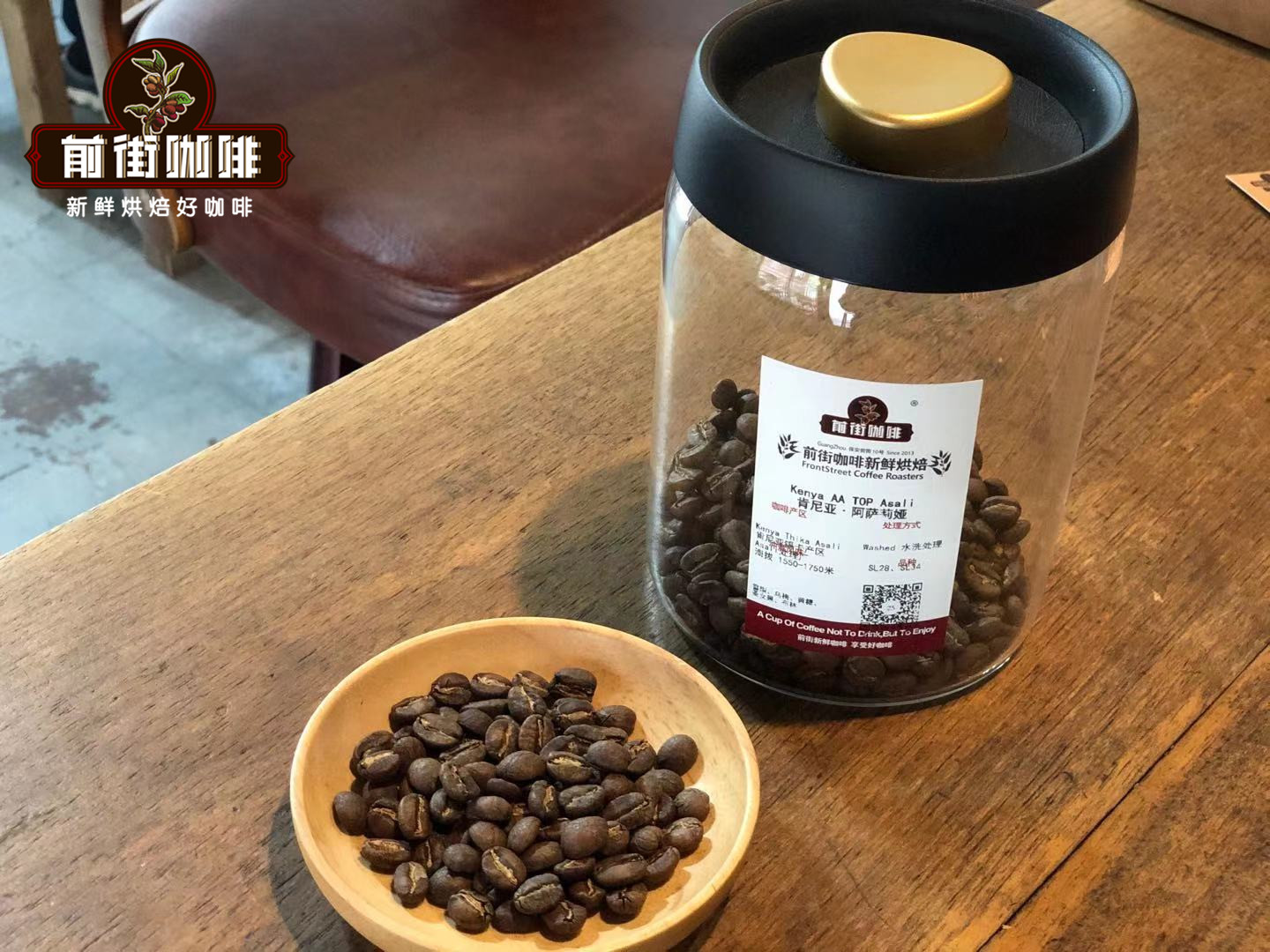
[Baking advice]
Front Street Coffee roasts this Kenyan coffee bean with a light roast in mind to highlight its bright acidity.
Machine: Yangjia 800N, raw beans cast 550g
Bean temperature: 200℃
First explosion point: 5 30", 154.3℃
2 ′ 10 ″ after explosion, 191.6℃

[cup test flavor]
Qianjie coffee in roasting, will use multiple groups of comparison mode, through the cup test to determine which baking curve can best reflect the flavor of coffee beans.

Dried Fragrance: Cherry, Berry
Wet fragrance: tea fragrance, caramel
Entrance: Sydney, Black Plum, Cherry, Yellow Sugar, Brin
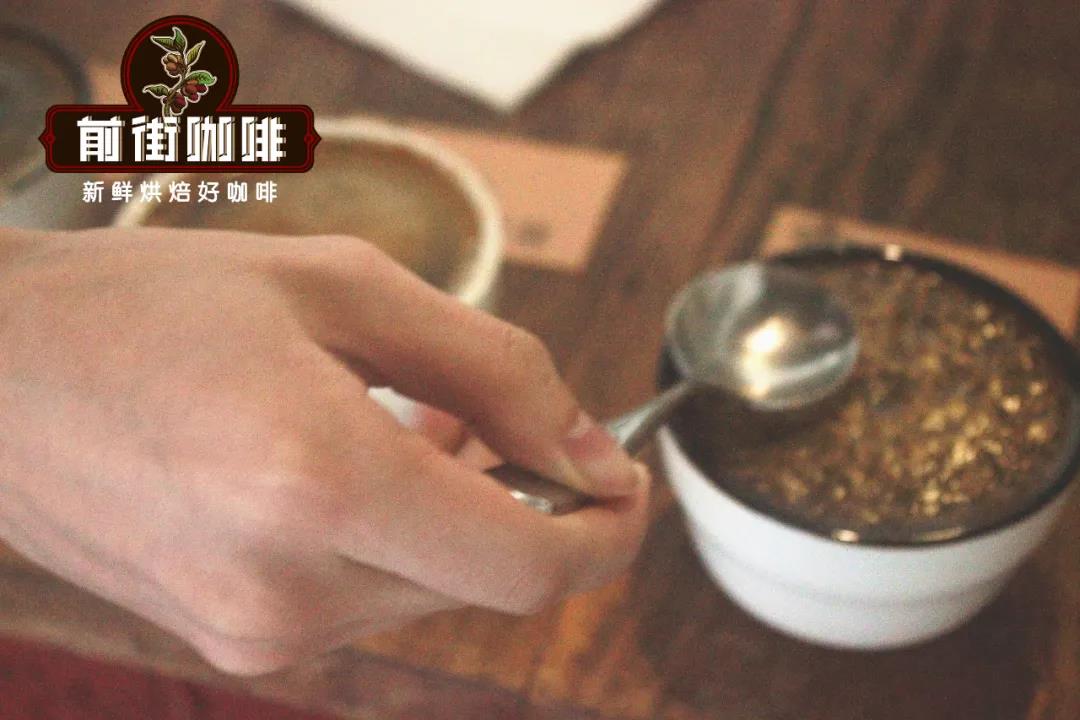
[cooking suggestion]
Qianjie Coffee takes into account the shallow baking method of this bean, which will use a filter cup with higher water temperature and faster flow rate, mainly because it is extracted from its bright acidity with high temperature, but it does not want to be over-extracted because of high temperature. so choose the V60 filter cup with faster flow rate. The main parameters used are: V60 filter cup, powder / water ratio 1:15, 15g powder weight, water temperature 90 ℃, grinding degree (20 # standard sieve pass rate 80%).
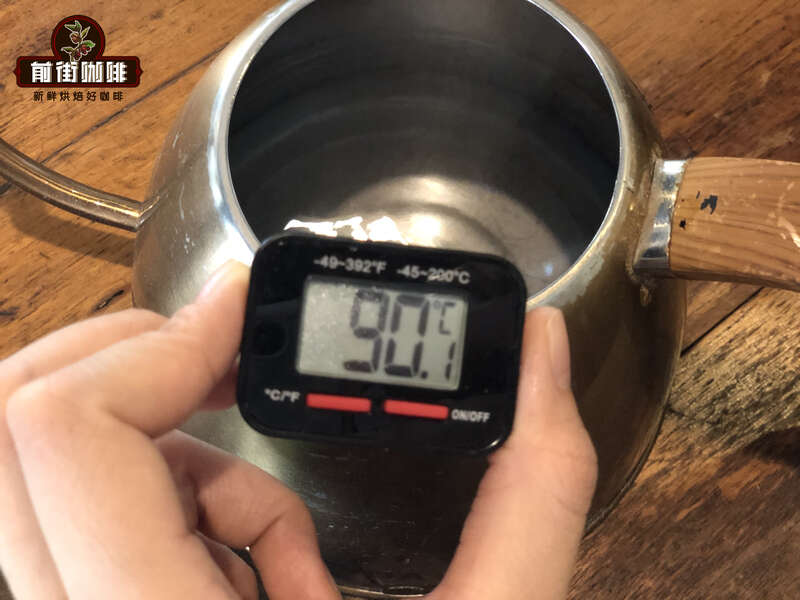
Suggestion on the temperature of brewing coffee in Qianjie
The reason why Qianjie coffee does not specify which scale is in the grinding degree, one is that everyone uses a different grinder, and the other is that different coffee beans will lead to different grinding degrees. this is related to the variety, altitude, treatment, roasting and other factors of coffee beans, so Qianjie coffee will first sift through to determine the appropriate hand grinding when it gets a roasted new bean. The grinding degree of this Kenyan Asalia coffee is determined to be BG#5D after sifting, but Qianjie coffee suggests that even if it is the same brand grinder, it is more rigorous to sift through it.

In terms of brewing techniques, Qianjie coffee is extracted by stages, that is, three-stage water injection, 30 grams of water injection for 30 seconds, 125 grams of water injection around the second stage, and the water level drops to 225 grams when the powder bed is about to be exposed. It takes 2 minutes (including steaming).
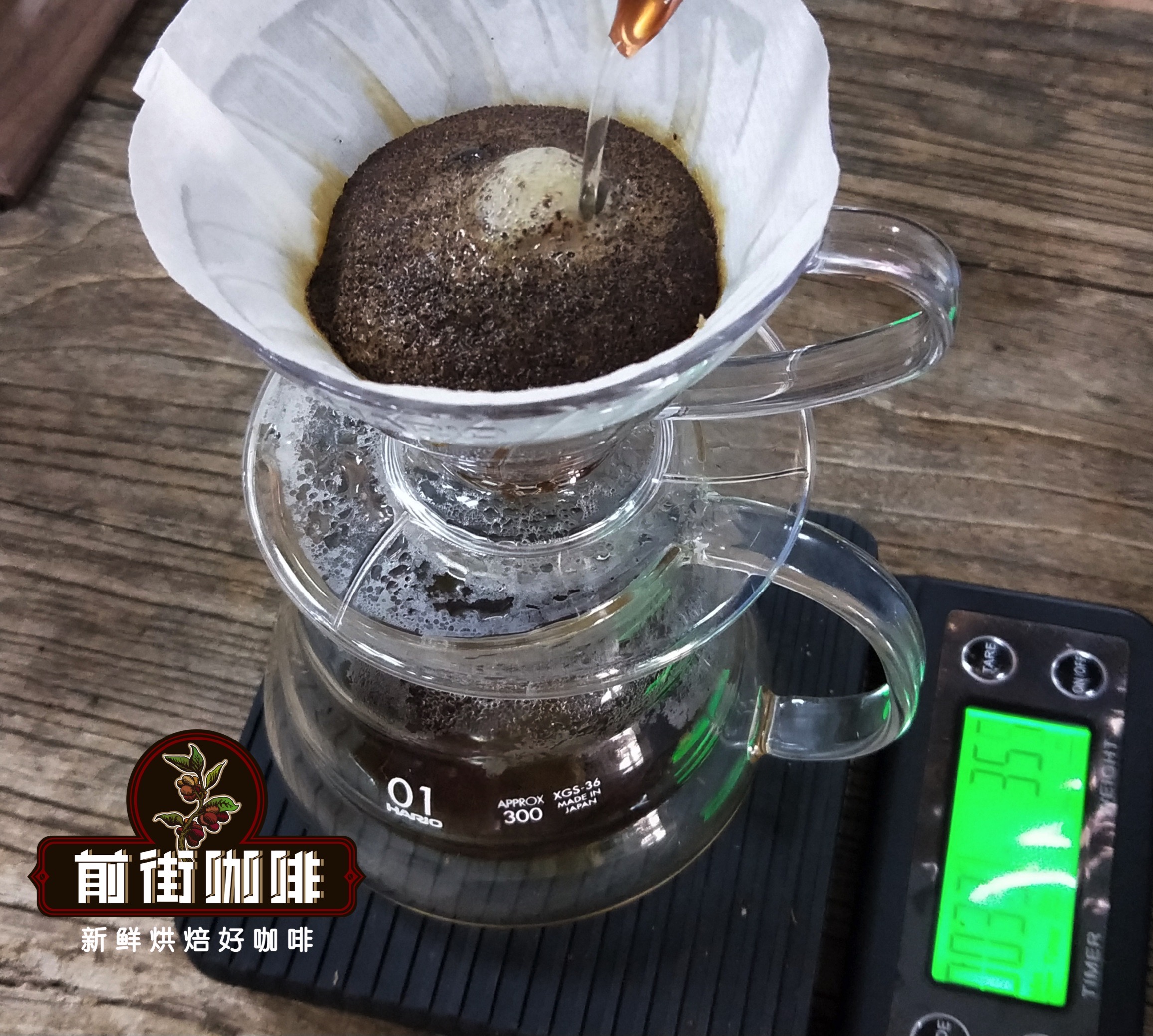
Qianjie Coffee V60 hand brewed Coffee
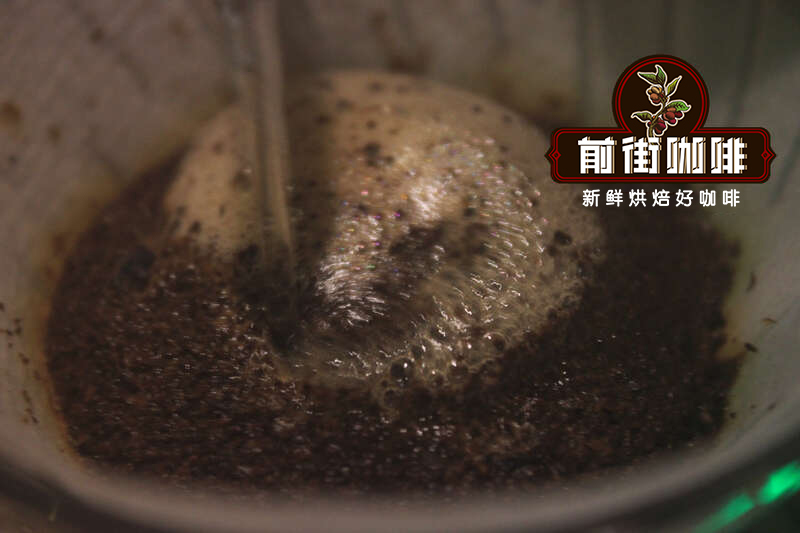
Qianjie Coffee V60 hand-brewed Coffee second stage Water injection
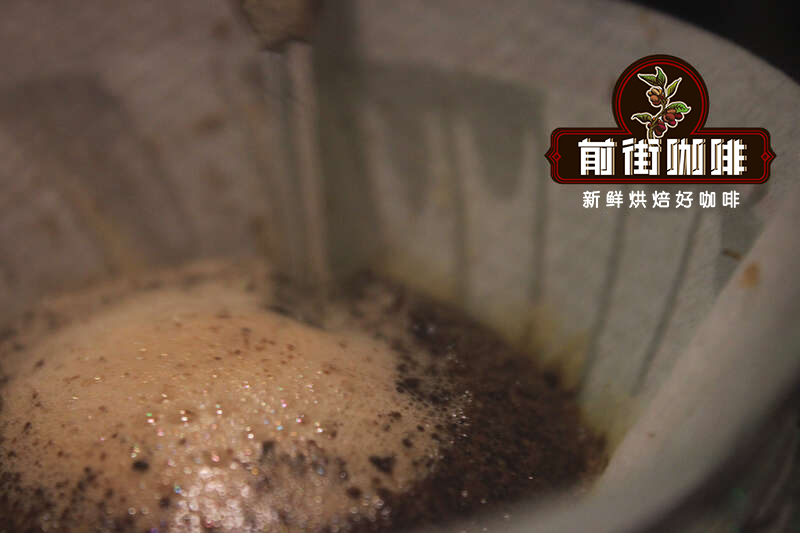
Qianjie Coffee V60 hand-brewed Coffee third stage Water injection
[hand flavored flavor]
The palate has the flavor of black plum and virgin fruit, with strong acidity, thick texture, outstanding sweetness in the middle, fruit juice, sweet raspberry and yellow sugar in the finish, and green tea aroma.
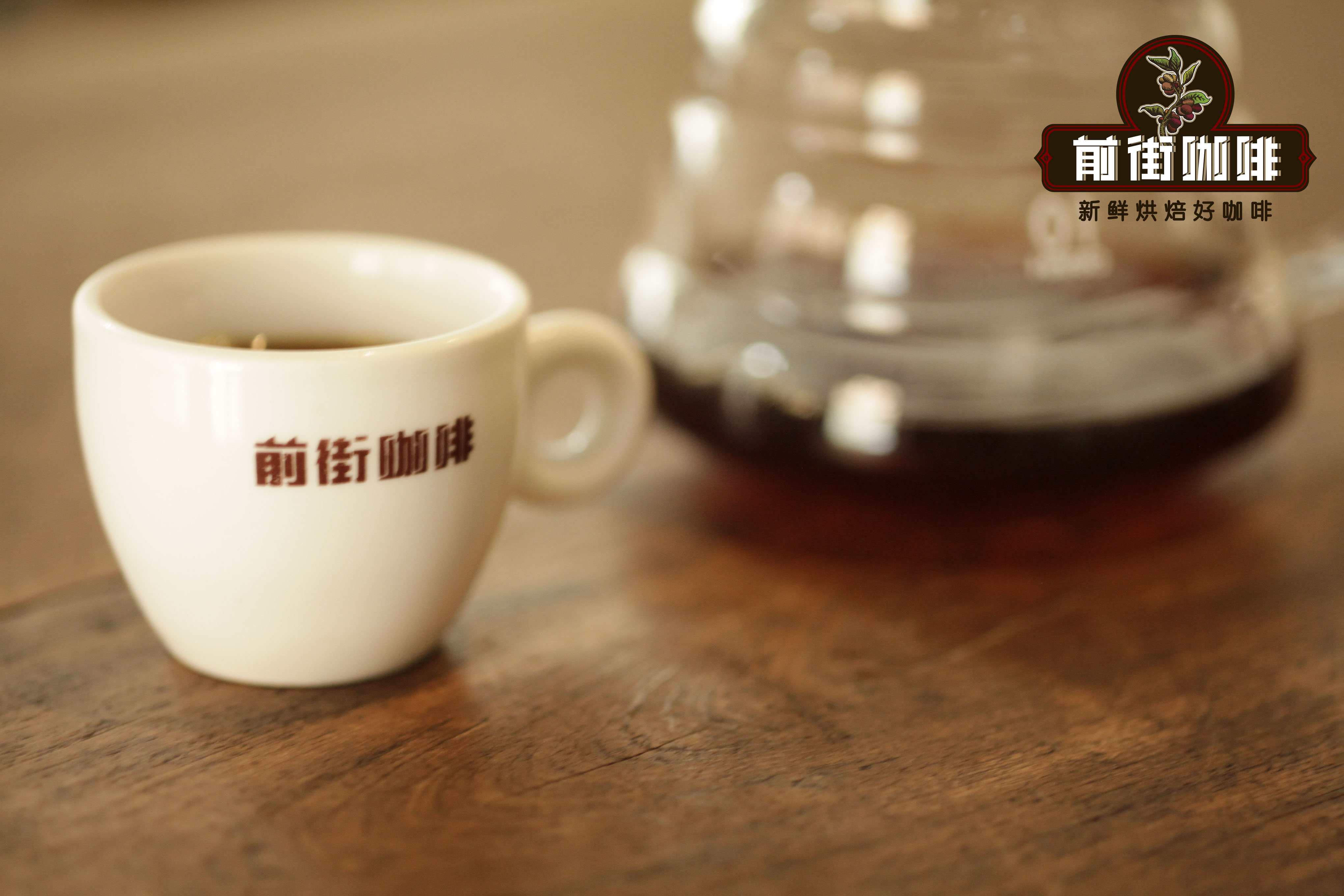
For more boutique coffee beans, please add private Qianjie coffee on Wechat. WeChat account: kaixinguoguo0925
Important Notice :
前街咖啡 FrontStreet Coffee has moved to new addredd:
FrontStreet Coffee Address: 315,Donghua East Road,GuangZhou
Tel:020 38364473
- Prev

Is Kenyan aa coffee expensive? Introduction to coffee processing and distribution in Kenya
Professional coffee knowledge exchange more coffee bean information please follow the coffee workshop (Wechat official account cafe_style) Kenya coffee beans have many followers in the boutique coffee industry, Kenya AA coffee beans are very popular. Kenyan coffee beans, known as the connoisseur's Cup (ConnoisseursCup), have a rich aroma, bright and vibrant acid.
- Next
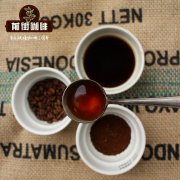
The reason why Kenyan coffee beans are sour out of Africa how much is a bag of Kenyan coffee beans
Professional coffee knowledge exchange more coffee bean information please follow the coffee workshop (Wechat official account cafe_style) like sour friends should like Kenyan coffee beans, it is not as elegant as the acidity of Yega Xuefei, but has a very outstanding sour, round, sweet and thick taste. This is due to the raw variety of Kenyan coffee beans, SL2.
Related
- Detailed explanation of Jadeite planting Land in Panamanian Jadeite Manor introduction to the grading system of Jadeite competitive bidding, Red bid, Green bid and Rose Summer
- Story of Coffee planting in Brenka region of Costa Rica Stonehenge Manor anaerobic heavy honey treatment of flavor mouth
- What's on the barrel of Blue Mountain Coffee beans?
- Can American coffee also pull flowers? How to use hot American style to pull out a good-looking pattern?
- Can you make a cold extract with coffee beans? What is the right proportion for cold-extracted coffee formula?
- Indonesian PWN Gold Mandrine Coffee Origin Features Flavor How to Chong? Mandolin coffee is American.
- A brief introduction to the flavor characteristics of Brazilian yellow bourbon coffee beans
- What is the effect of different water quality on the flavor of cold-extracted coffee? What kind of water is best for brewing coffee?
- Why do you think of Rose Summer whenever you mention Panamanian coffee?
- Introduction to the characteristics of authentic blue mountain coffee bean producing areas? What is the CIB Coffee Authority in Jamaica?

